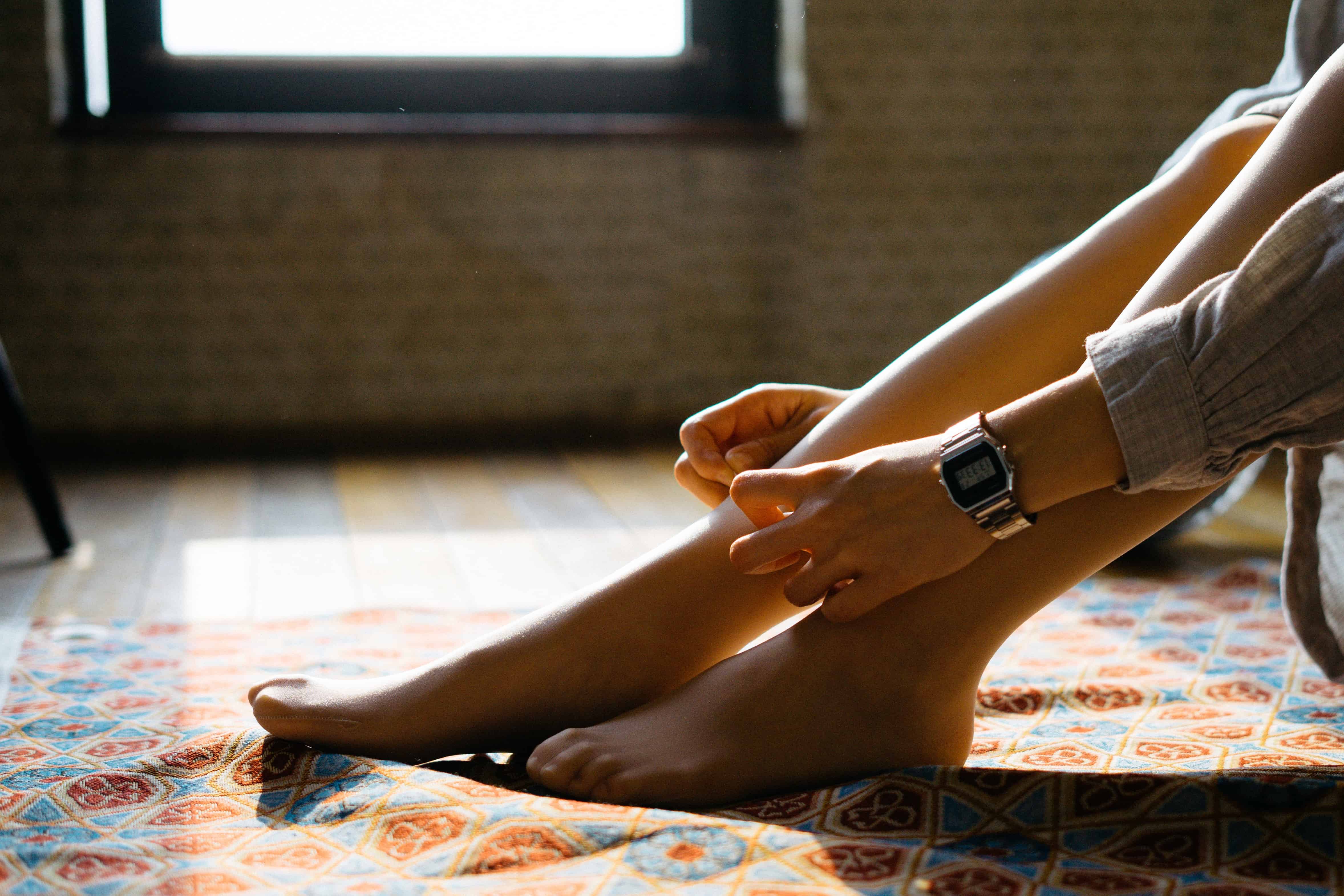The term ‘phlebitis’ means inflammation of the vein. Thrombophlebitis occurs when one or more blood clots form in a vein, causing inflammation, and blocks blood flow. Thrombus in your veins causes pain, irritation and may even block blood flow in veins. Thrombophlebitis typically occurs in the leg veins, but can occasionally occur in arm veins.
Causes of Phlebitis
Injuries to veins and sedentary lifestyles increase the risk of blood clots forming. Risk factors for Thrombophlebitis include:
- Prolonged activity: laying in bed or sitting for long periods of time creates slow blood flow from the legs.
- No exercise
- Obesity
- Smoking
- Medical Conditions: cancer, blood disorders.
- Injury to arms or legs
- Hormone replacement therapy or birth control
- Pregnancy
- Varicose veins
Blood clots can also form after surgeries because of too much bed rest. They also form when parts of your blood thicken to form a semisolid mass.
Phlebitis Symptoms
The affected area in your veins may be tender and red. The area also may feel hard and warm while the skin around the vein may be itchy and swollen. When your leg is lowered, swelling and pain can be worsened. If there is an infection, your symptoms may be fever, pain, swelling or breakdown of the skin. Symptoms of thrombophlebitis may vary depending on the severity of the blood clot.
Deep Vein Phlebitis
Deep vein phlebitis may be similar to superficial phlebitis but often times people experience little to no symptoms. Your leg may appear swollen for no reason and you may have a fever from a bacterial infection or ulcers. The condition may become chronic if improperly treated in the early stages.
Exams and Tests
A blood test called D-dimer is used to measure a substance that is released as a blood clot dissolves. If the test comes back negative, it is unlikely that you have a blood clot. Ultrasounds detect clots in larger upper leg veins. This test is painless and non-invasive. Usually, venograms are needed to identify blood clots in smaller veins. This requires injecting a contrast dye into a vein on the foot, followed up by an X-ray.
At Home Care
Increasing your walking and exercise increases blood flow. Blood flow is what prevents blood clots from developing. Anti-inflammatory drugs like aspirin and ibuprofen may help lessen pain and inflammation. You can also look into leg compression stockings. Compression stockings improve your blood flow and relieve pain and swelling. Make sure not to spend prolonged periods of rest.
When to Seek Medical Treatment
If you are still experiencing symptoms or if the condition worsens, a doctor might recommend getting reevaluated to make sure you don’t have a more serious condition. Deep Vein Thrombophlebitis requires medical care and should be taken care of immediately.
Las Vegas Vein Center
If you think you are experiencing Thrombophlebitis symptoms contact Las Vegas Vein Center today and schedule an evaluation. We have the safest, most trusted treatment options in the Las Vegas Valley!




